We started the week off with a popular freshwater pet, the Goldfish, so I figured we could end the week learning about a popular saltwater pet, the Mandarin Fish. Unfortunately I have never had the pleasure of owning a saltwater fish, however, if my parents had entertained the idea of a saltwater aquarium, I would have been all over them to buy a Mandarin Fish. No offence to my pet Goldfish but the stunning coloration of the Mandarin Fish definitely makes them a much cooler pet. So once again, let’s grab our snorkelling gear and head to reefs in the Pacific Ocean to catch a glimpse of this fish in its natural environment.
Uniquely Blue
Obviously the first thing we notice with this amazing fish is their bright colours. Did you know that the Mandarin Fish is one of only two fish that has a blue coloration due to a cellular pigment. That’s right, only this fish and a closely related species, the Psychedelic Mandarin, use cyanophores to make their spectacular blue colouring. The boring blue in other fish is created from light interference as a result of flat, thin, reflecting purine crystals. Sure it may not sound like that big of a deal but it does make the Mandarin Fish unique….and it does create an amazing blue colour.
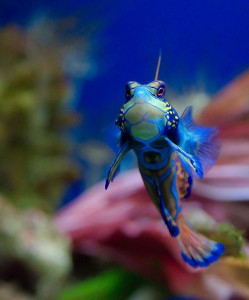
Small and Hidden
As mentioned, you will find these beautiful fish hanging around reefs, specifically sheltered and in-shore reefs, in the Pacific Ocean around the Philippines and Australia. Although they are quite common throughout their range you may have a tough time spotting the Mandarin Fish in their natural environment. Wait a minute! There is no way this fish wouldn’t stand out, right? That is what you would think but they are rather small with an average size of 6 cm (2.3″) and they are usually hanging out on the ocean floor. Therefore, you had better keep your eyes open while swimming through the reefs of the Pacific Ocean.
Picky Eater
Although the Mandarin Fish is popular among the pet trade, they are actually a difficult fish to keep in an aquarium. You see, this particular fish loves its diet of copepods, worms, fish eggs and gastropods. I mean, who could blame them, this diet sounds delicious. Their particular and diverse diet is difficult to mimic in a controlled setting, which tends to lead to the death of the pet Mandarin Fish. I recommend catering to their strict dietary needs if you plan on keeping your new pet for any amount of time.

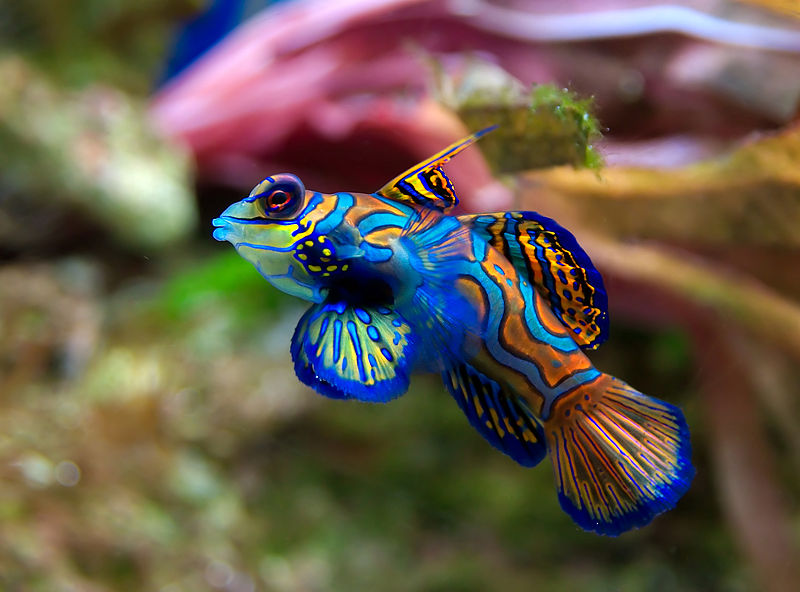
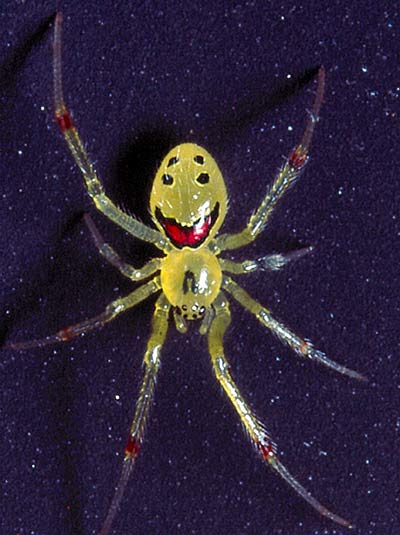
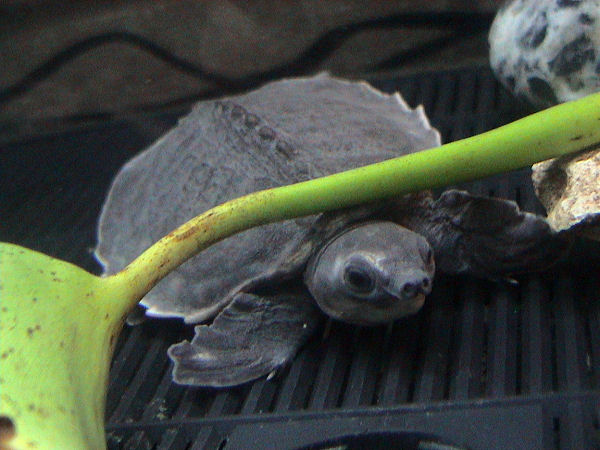
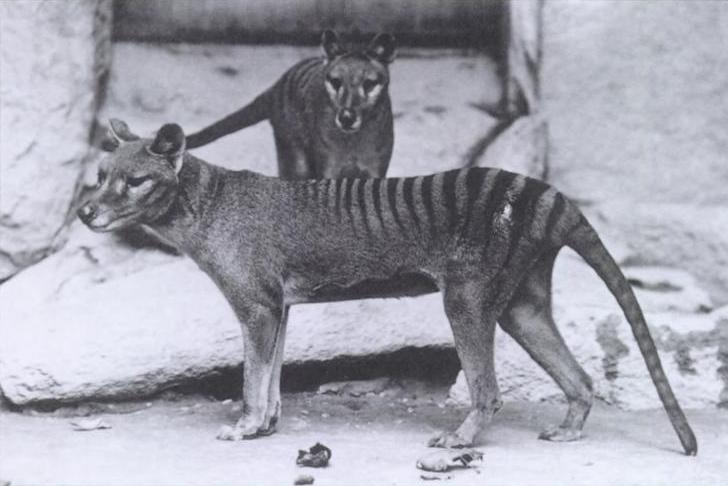
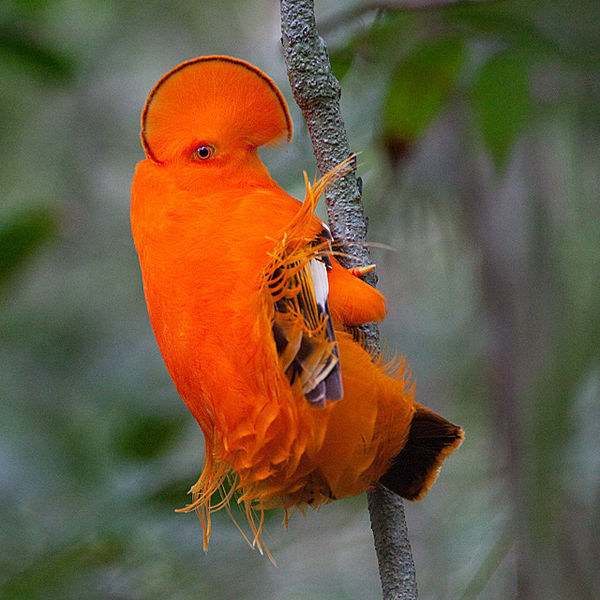
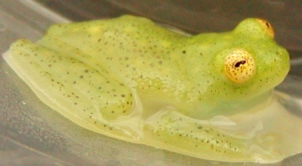

I’ve also heard that they sit there watching their food for a while before they take a bite. So if you keep them with other fish they can find their food getting swiped from right under their nose!
Hey Comment1,
I didn’t realize this so thank you for the great information. I hope all fish owners are reading this comment right now.
Thanks again!
Nathan
Mandarins are great! We’ve got one, and have been unusually lucky with a pod population in our tank that’s keeping him healthy and fat. Generally, though, they are very difficult. And you’re right, they hide a lot… so unfortunately I haven’t gotten any great shots of ours like the ones you have above.
Hi Larissa,
It is great hearing from you and I had no idea you had some of these awesome fish. They truly are brilliant, aren’t they?
Glad to hear your fish are doing well. I am sure you will be getting some awesome pictures soon enough.